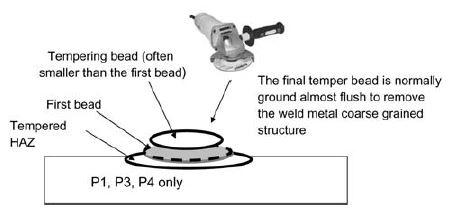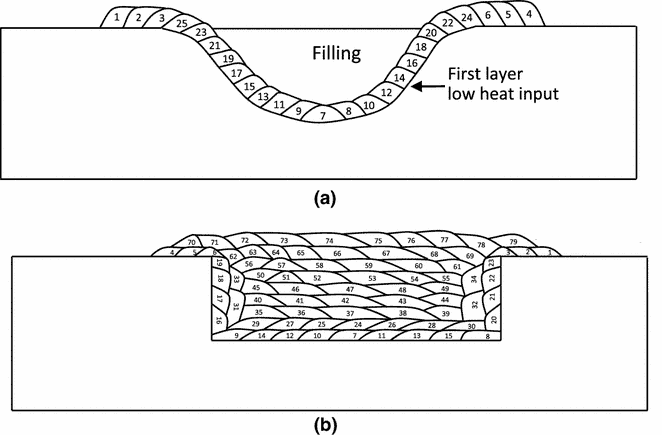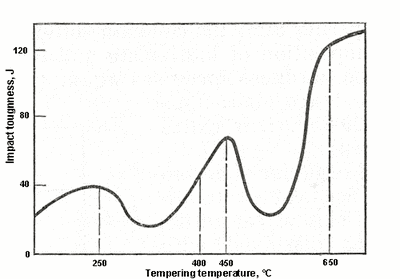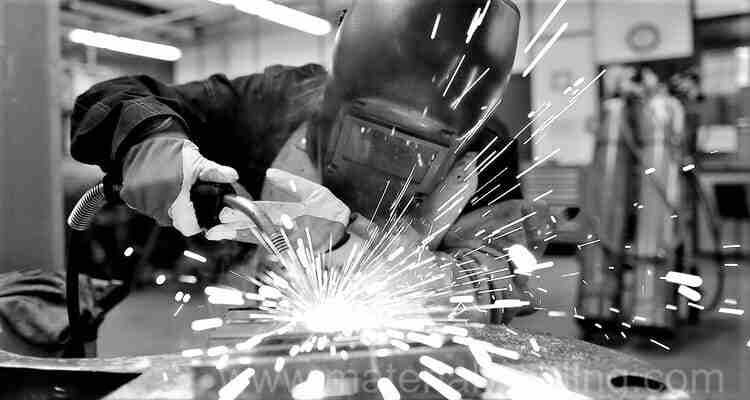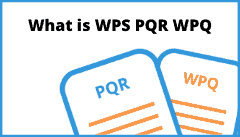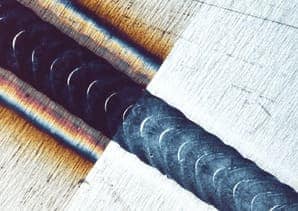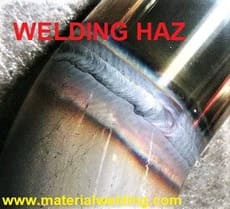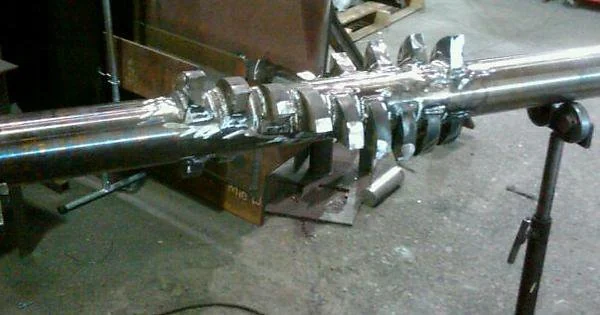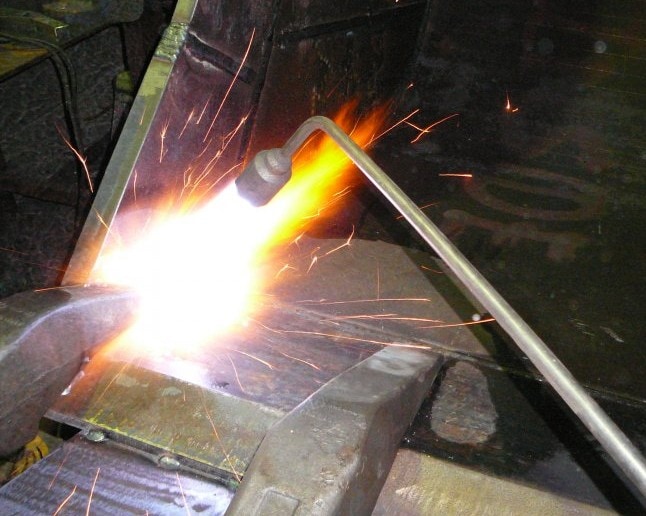What is a Temper Bead Welding?
In temper bead welding, the heat input of successive layers temper previous beads, resulting in a fine grain structure and low hardness in the heat affected zone (HAZ).
This process is often used for welds that need to avoid post-weld heat treatment (PWHT). It can because of impractical PWHT situations such as welding repair in a in-service plant. Temper bead welding can produce welds with good mechanical properties and a small HAZ.
Temper Bead Techniques
There are a variety of temper bead techniques that can be used to achieve different results. Here are five of the most popular:
a) Half Bead Technique
b) Consistent Layer Technique
c) Alternate Temper Bead Technique
d) Controlled Deposition Technique
e) Weld Toe Tempering Technique
Qualification of Temper Bead Welding Procedures
Welding Procedure Specifications (WPS) and Procedure Qualification Records (PQR) are the foundation of a sound welding quality program.
In order to ensure that all qualified WPS results in required weldment properties, it is necessary to follow the requirements set forth in ASME Section IX. This section covers all details for WPS-PQR, including welder qualification, welding operator qualification, and production welding for Temper Bead welding qualification.
The first step in qualifying a temper bead welding procedure is to establish the base metal specifications. The base metal thickness, grade, and heat treatment must all be taken into account when determining the appropriate filler metal and weld parameters.
Once the base metal specifications have been established, the next step is to qualify the welder. The welder must be qualified in accordance with ASME Section IX before they can begin welding on production parts to carry out the temper bead welding.
Test Required for Temper Bead Procedure Qualification
A test is required for temper bead procedure qualification in order to assess the microstructure of the weld and heat-affected zone (HAZ). The hardness and CVN values are also important factors in determining the success of the temper bead procedure. The test results will help determine if the weld and HAZ can meet the required strength and toughness properties.
The bend test is used to determine the ductility of the weld metal. The Charpy V-Notch is used to determine the toughness of the weld metal.
A Summary of test generally required for Temper Bead Procedure Qualification are mainly as discussed above:
- Microstructural Test: For weld metal, HAZ and adjacent base metal
- Hardness Test: For weld metal, HAZ and adjacent base metal
- Charpy V-Notch Test
- Bend Test
Reference:
- Securing the future of Australia’s Welding Industry – Weld Australia
- Temper Bead Welding Techniques Procedure – Material Welding
